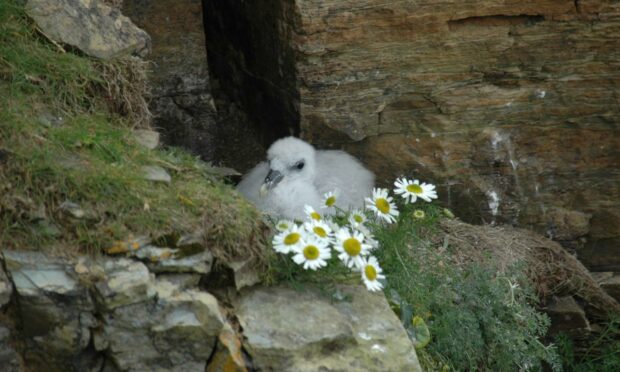Travellers exploring the wild side of Orkney can now take advantage of a digital guide for one of the island’s most popular coastal walks.
Orkney Islands Council has launched a new app to offer visitors the best experience when traversing through Mull Head nature reserve in Deerness.
It’s part of the local authority’s project to improve access and interpretation at the reserve, while also highlighting its natural and cultural heritage.
As well as a digital guide offering a wealth of information about Mull Head, the project also includes the installation of new boardwalks and interpretation panels.
‘Imaginative’ initiative to improve visitors’ experience
Chairman of development and infrastructure Graham Sinclair said the initiative will enhance visitors’ experience when exploring the “special” reserve.
He said: “A walk around Mull Head is always a great experience, much loved by local folk and the many visitors who explore the area each year.
“This project will enhance that experience still further – giving those enjoying a walk an even greater understanding of what makes the reserve so special.
“I am grateful that the Orkney Leader Programme and the Heritage Lottery Fund jointly funded this imaginative initiative.”
The new app provides images and commentary – in both audio and text form – on points of interest at 20 locations around the reserve, which are marked by a series of location posts.
The sound recordings were made by local musician and audio engineer Brian Cromarty and feature the voices of Brian himself, his wife Eileen Linklater and daughter Lucy, and local fellow musician Kenny Ritch Jr.
In addition, two new interpretation boards have also been installed at the reserve car park.
Highlight on Mull Head cultural and natural heritage
One of the boards includes photographs and short descriptions of selected natural and cultural heritage features of the reserve.
The second focuses on access to the reserve, explaining the various walk options, including route lengths and their levels of difficulty.
New sections of boardwalk have been installed in particularly wet, muddy locations, as well as way-marker posts which will encourage people to follow defined routes through the reserve.
New hazard signs are also in place to warn visitors of the dangers of high cliffs.
Orkney Islands Council environment officer Eileen Summers explained the additional installments will be beneficial for the conservation of wildlife in the reserve.
She said: “We have also had fencing repaired and new gates installed that will enable sheep to be brought onto the reserve to graze an area of overgrown grass over autumn and winter, whilst flowering species are dormant.
“As the grass gradually becomes shorter and less thick and tussocky, conditions should become more favourable for wildflowers to establish and thrive.
“This is known as conservation grazing and, over time, it will help provide more foraging habitat for invertebrate species such as bumblebees, hoverflies, moths and butterflies.”


